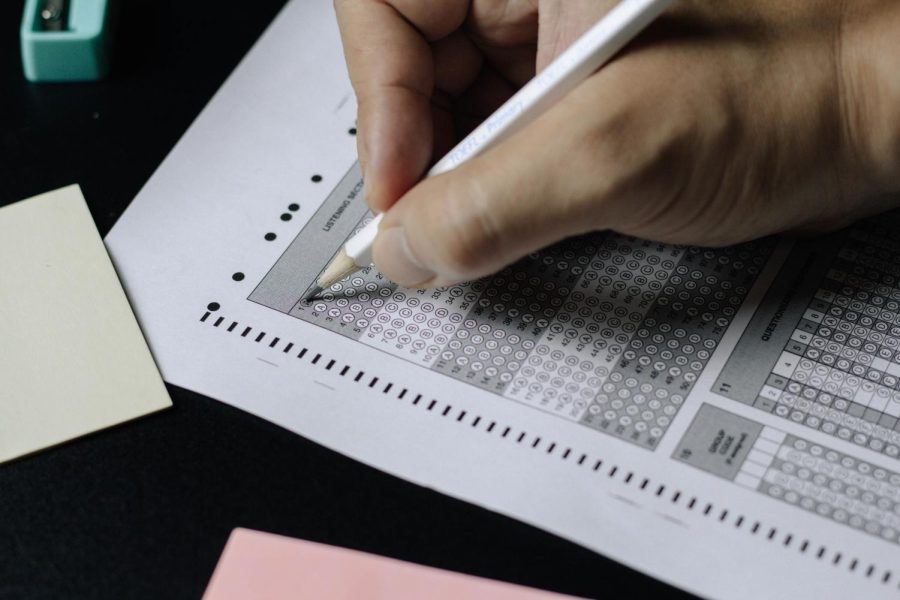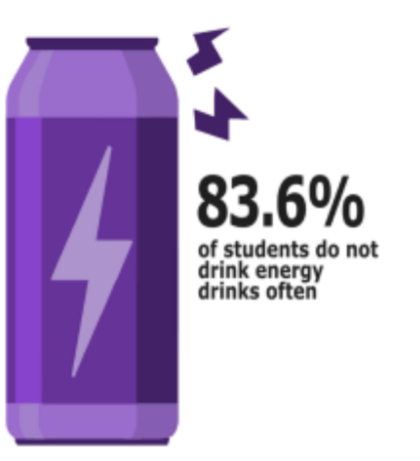CHS exam schedules face student backlash
UNSPLASH PHOTO COURTESY OF Nguyen Dang Hoang Nhu
CHS students discuss alternatives to the exams schedule for less stressful testing. https://unsplash.com/license
March 31, 2023
Finals are already the most stressful thing a student must face in school, but the exam schedule at CHS could be adding more stress than needed. CHS just wrapped up its first-semester finals, which begs the question: is the schedule efficient? Ranging from students to faculty, there have been many critiques about the midterm and finals arrangements at CHS.
Around Monmouth County, many schools have different formats for midterms and finals. CHS follows a two-day, two-hour test schedule. The fact that CHS students have to take two different two-hour long tests could negatively impact students’ health, in addition to the productivity of the schedule.
The schedule is a great way of testing students in an efficient manner by having two tests per day and finishing the testing period in just two days; however, it can be extremely stressful for individuals to take in a lot of information at once.
There are two sides to the coin of CHS schedules. On one hand, students don’t have to worry about juggling multiple classes at once, but they also have to learn more about a subject in a day as compared to if there were shorter periods. That is why some students propose a change to occur in the testing schedule.
Sophomore Jack Kelly of Monmouth Beach believes that the break at the end of the day for finals should be removed.
Instead, Jack says it’s better to “have a study period and then the final.”
Sophomore Tanner Grigoli of Ocean Township says that for covering more content and having the same style of exams as non-vocational schools, it would be better to have “two and a half [hour tests, which] will be a little better and less stressful”.
Visual Communications teacher Laura Fallon would rather split the time from the last period so that it can be used as a study period.
“It allows for students not to be testing right up until the end-of-day bell because there is a certain stress that ‘my bus is coming,’” Fallon said.
Students also brought up the issue of the time of year at which midterms and finals are held. Many students believe that having the tests right before a long break would be more beneficial. They can use that long break to relax after eight hours of stressful testing.
Grigoli added that having a “buffer day” in-between testing days would make it easier for students to shift their focus to different subjects and content. However, feedback from students about the tests would likely be an obstacle to this becoming a reality.
There are plenty of students who see the schedule as perfect. Sophomore Thomas Tilton of Monmouth Beach believes – in spite of the volume of information CHS students have to cover in a short amount of time – that “[students] are good because we don’t have to do classwork and there is a lot of time for studying.”
However, Geometry and Algebra II teacher Scott Stengele “can’t think of any negatives” thereby agreeing to Tilton’s opinion.
Students agree that the structure of the midterms and finals is stressful, but they are able to cover a lot of material in an efficient manner. However, there are still a few problems that put more stress on CHS students than on students at other schools. The dates of the tests are at a time when students are tired and yearn for a break.
There are ideas to solve these problems, including better usage of time in the schedule. Instead of having a 40-minute cool down period, students could spend half of that period studying for their third-period test. The rest of the period could be used as a cool down period and a way for students not to stress about getting on their buses on time. Another way to use that time is to give students a little extra time for their tests, since they cover so much information compared to non-vocational schools. Students agree that the tests should be right before break, giving them something to look forward to.
The overall system is fine, but problems concerning timing and the structure are putting too much stress on students are too pressing to ignore.
However, as Stengele said, “I think the schedule is as good as we can do.”














